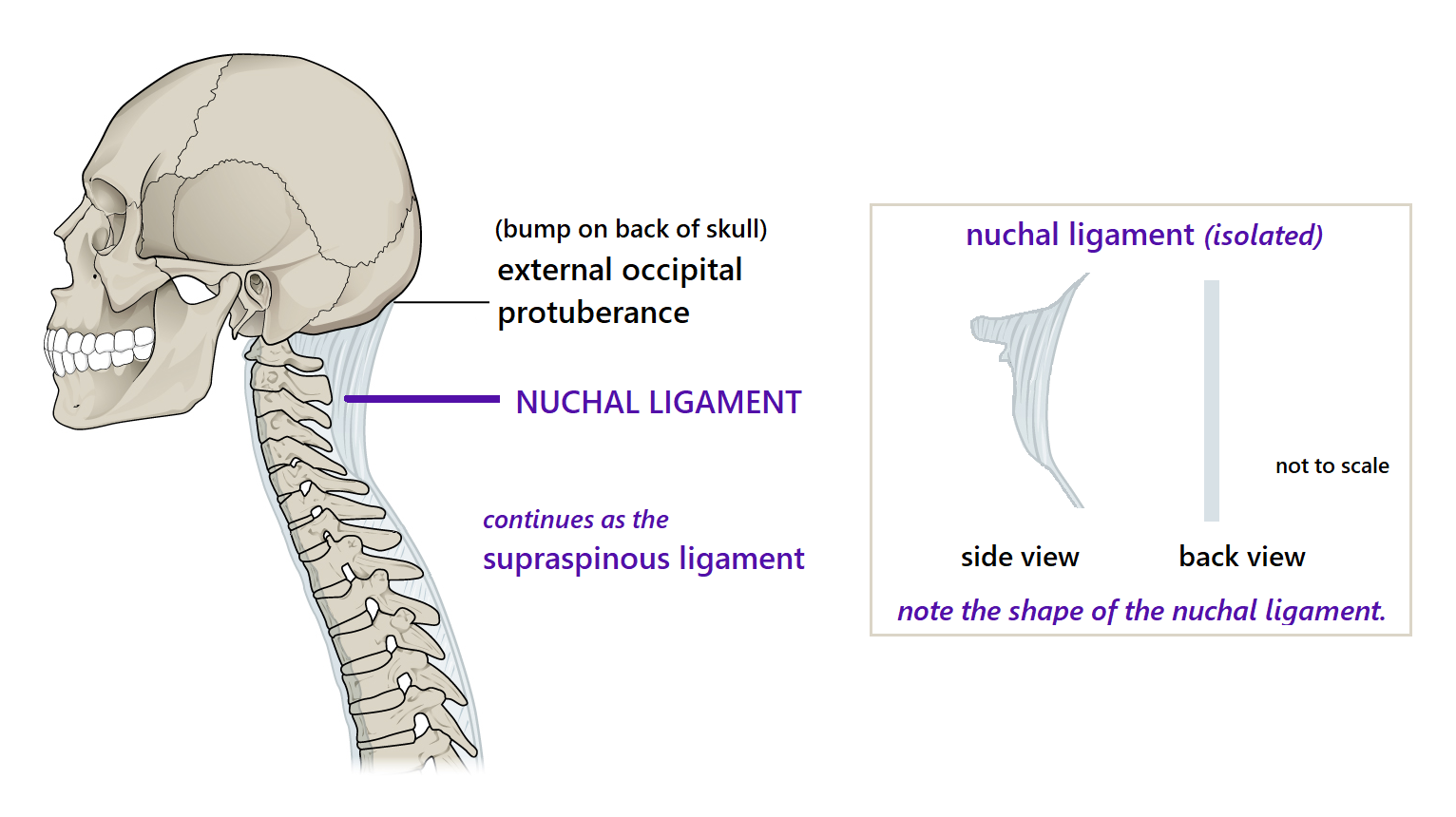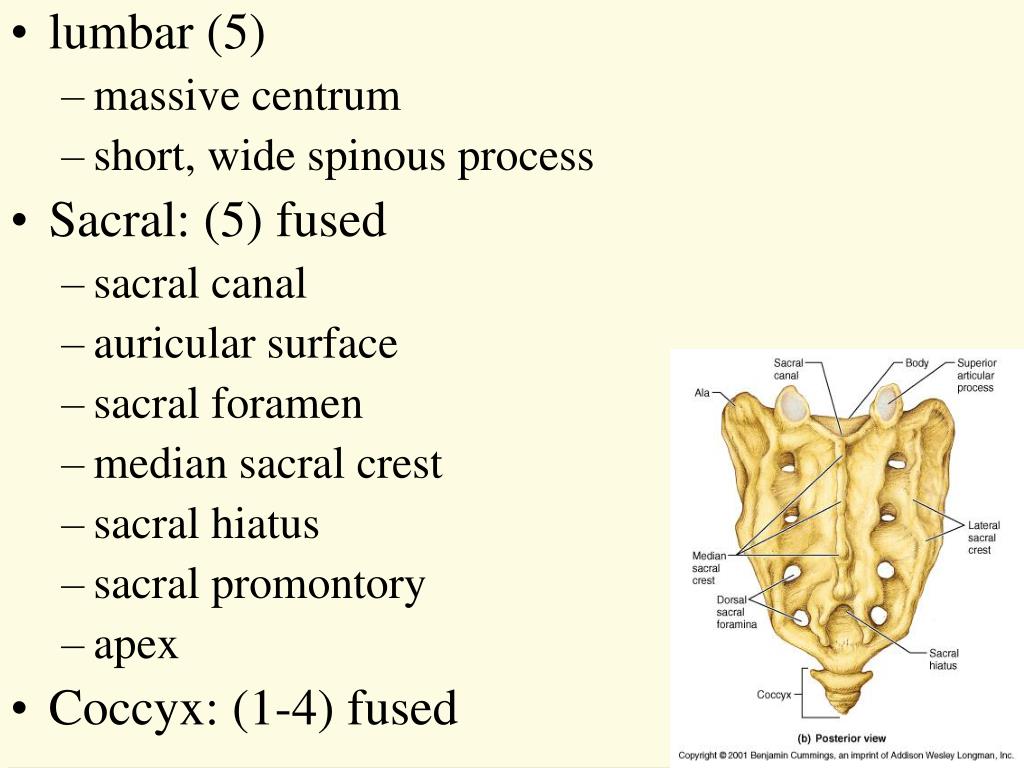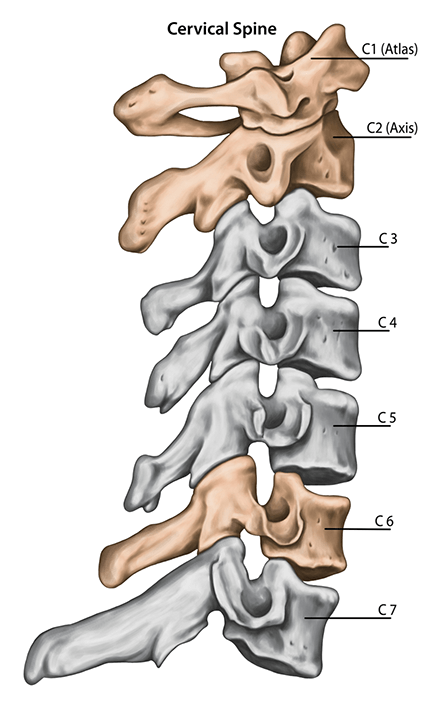

For this reason, palpation of the transverse process attachments of the neck muscles should be done gently, carefully, and slowly. These tubercles tend to be sharply pointed, and it can be quite uncomfortable for the client to have them palpated. Each transverse process splits to form a posterior tubercle and an anterior tubercle (Fig. The transverse processes of the cervical spine extend laterally and are also bifid. (B) Superior view of a typical cervical vertebra.(Courtesy of Joseph E. The bifid transverse processes of the cervical spine split into an anterior tubercle and a posterior tubercle.


Bifid transverse processes of the cervical spine.
#BIFID SPINOUS PROCESSES PRONUNCIATION MANUAL#
Knowing about this bifid shape is important in manual therapy work because sometimes the two points of the bifid spinous process are not symmetrical in shape or equal in size, making it possible to inaccurately assess the vertebra as being malpositioned in rotation.įigure 2. The bifid shape of the spinous processes of the cervical spine is visible in Figure 2 (see also Fig. The degree to which a cervical spinous process is bifid can vary (generally, C7’s spinous process is not bifid). An important feature to note regarding the cervical spinous process is that it is bifid, meaning that instead of coming to one point, it splits to have two points at its end. However, some clients’ cervical curves are decreased or even straight a decreased or absent lordotic curve is termed hypolordotic, making palpation of all of the spinous processes quite easy. Because the cervical curve is lordotic, the spinous processes are recessed and not as superficial for palpation. How easy or difficult it is to palpate the spinous processes of C3-C6 depends largely on the degree of the client’s lordotic curve. Generally, the spinous process of C2 is clearly palpable in the upper neck and the spinous process of C7 is clearly palpable in the lower neck. Of all the cervical spinous processes, those of C2 and C7 are most easily palpable. C1 is also known as the atlas C2 is also known as the axis. The seven vertebrae of the cervical spine are numbered C1-C7 from superior to inferior. The cervical spine’s curve is described as lordotic, with its concavity facing posteriorly and its convexity facing anteriorly. Right lateral view of the cervical spine. The posterior tubercle of the atlas is usually not easily palpable.įigure 1. Instead of a spinous process, the atlas has a small tubercle at the back of its arch that is called the posterior tubercle. However, these terms are also used to refer to the healthy and normal curve of the neck and low back.) All cervical vertebrae except for the atlas have a spinous process that extends posteriorly and that can be palpated. (The terms lordotic and lordosis are often used to denote an excessive and unhealthy lordotic curve. (The occiput above the cervical spine is often described as C0.) From a lateral view, the healthy cervical spine can be seen to have a lordotic curve (lordosis), which is defined as being concave posteriorly and convex anteriorly. The cervical spine is composed of seven vertebrae, named C1 to C7 from superior to inferior C1 is also known as the atlas and C2 is also known as the axis (Fig. The neck is defined by the cervical spine.
#BIFID SPINOUS PROCESSES PRONUNCIATION SERIES#
Note: This blog post article is the first in a series of six posts on theĪnatomy / Structure of the Cervical Spine for Manual and Movement Therapists. Pre-Pilates & Beginner Pilates Online Course.Massage Therapy – Master Online Curriculum.LMCE – Video Streaming Subscription Service.COMT Certification – Integrative Mastery Approach (Level 2).COMT Certification – Skillset Approach (Level 1).COMT Certification – Regional Approach (Level 1).


 0 kommentar(er)
0 kommentar(er)
